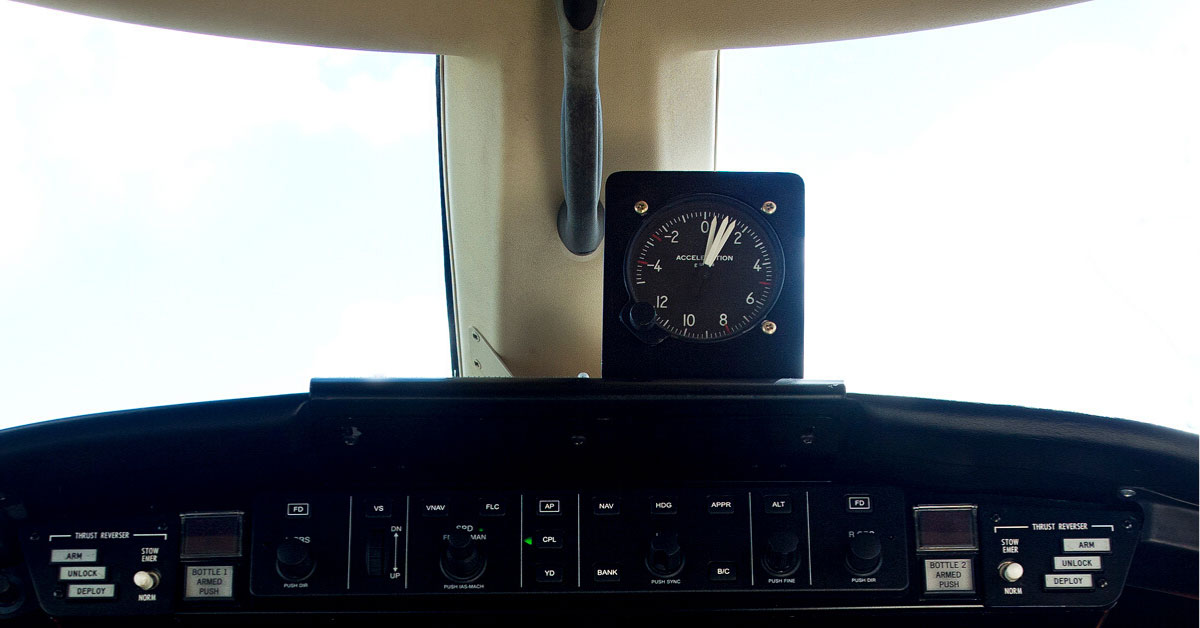
What Should the Crew Know about the Aircraft Ownership & Operating Structure?
Flight and maintenance crew members may be responsible for most, if not all, aspects of the aircraft ownership and operational structure in some companies. In other companies, they may be responsible for only flight and maintenance aspects, with other advisors handling the legal, tax, and business aspects. No matter how the responsibilities are handled, there are several key aspects to the structure of the aircraft’s ownership and operation with which the flight and maintenance crew should be familiar.
Who is in Operational Control?
Crew members are the individuals most likely to be in contact with the FAA, so they should be able to answer the most common question that will be asked by the FAA about the structure: Who is in Operational Control of each Flight? If the aircraft is owned by XYZ Corp, the crew members are employed by XYZ Corp, and there are no other users, then this can be a fairly easy question to answer, as it should always be XYZ Corp that is in operational control. However, as the facts change, the entity in operational control may change as well. If crew members are not included in the discussions regarding setting up the structure, then they should at least be made aware of the ownership and operation structure when it is finalized, so that they can answer this question.
Spot Aircraft Structure Issues & Act Before They Become Problems
FAA structure requirements are unique and do not always align with business and tax goals, or how other assets are owned and operated. As a result, the FAA requirements can be overlooked or misinterpreted. Crew members should look for these key issues that may impact operational control:
- Sole Purpose Flight Department Companies: Is the registered owner of the aircraft a sole purpose entity? That type of entity can own an aircraft, but it cannot be in operational control of Part 91 flights.
- Leases: Operational control should be transferred to a lessee under a dry lease. Crew members should be aware of any leases in the structure, and which flights are under each lease.
- Payments for Part 91 Flights: Are there any users of the aircraft that are paying for Part 91 flights? The FAA’s general rule is that no compensation may be received for Part 91 flights. There are several exceptions, but they have specific requirements that must be met.
If you are unsure of how to answer the operational control question, or you have spotted an issue in your aircraft owner’s structure that raises a question, contact experienced aviation counsel. Resolving the issue now will help ensure that your structure is FAA compliant, and any interactions with the FAA go smoothly.
Please contact Jetstream Aviation Law for legal assistance with business aviation issues.
Lori McGee is an attorney with the law firm of Jetstream Aviation Law and counsels clients on the acquisition, financing and operation of corporate jets operated under Part 91 and Part 135 of the Federal Aviation Regulations. Jetstream Aviation Law can be found at www.JetstreamLaw.com.
The information provided here is not legal advice and does not purport to be a substitute for advice of counsel on any specific matter. For legal advice, you should consult with an attorney concerning your specific situation.
